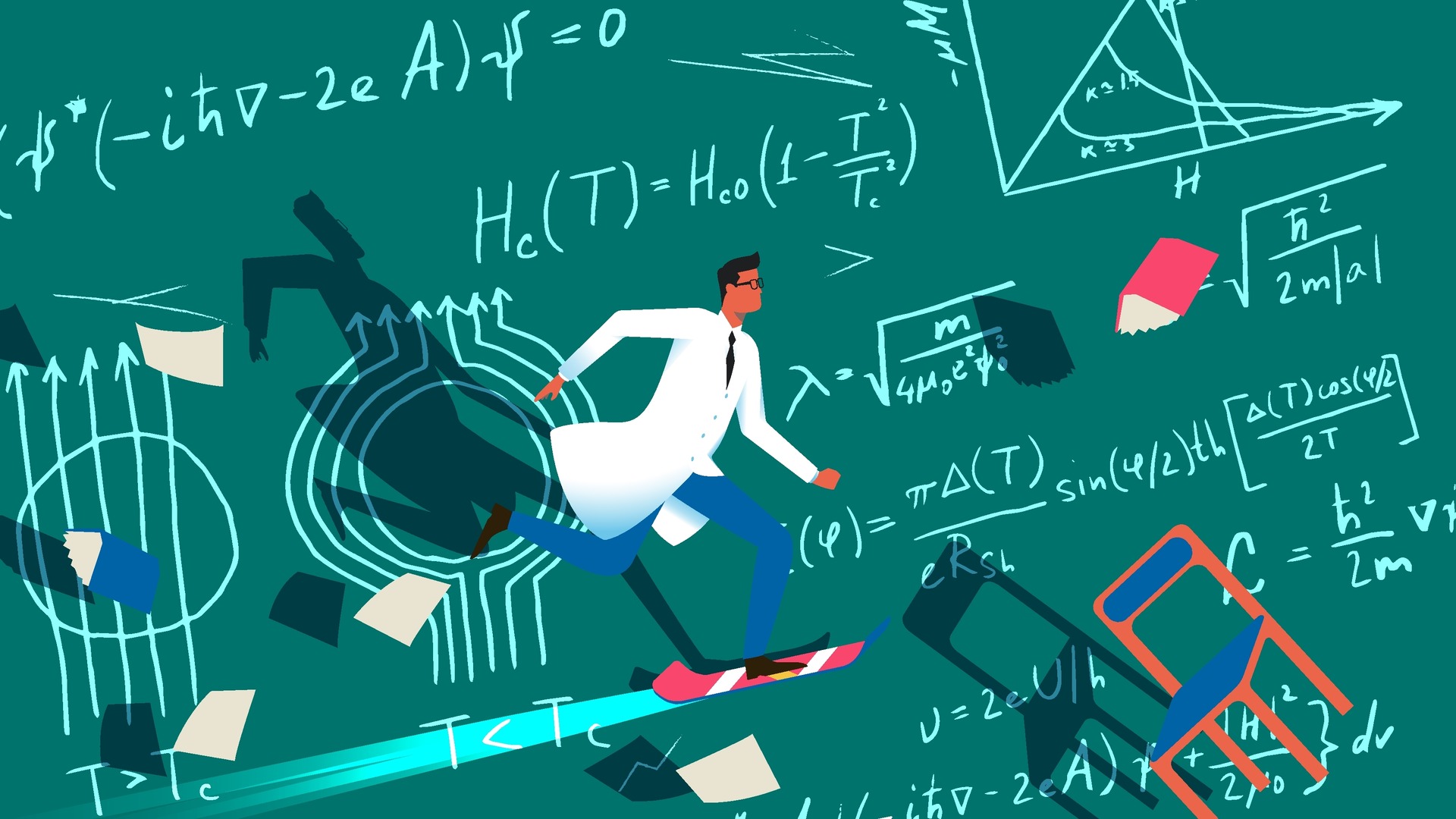AU researcher Dr. Sabine Graf works with a research team, including students, to explore the potential of personalizing education with AI
Dr. Sabine Graf’s research program touches on many different types of AI applications, but one thing they all have in common is that student researchers are involved—supporting the goal of increasing student success with AI personalization.
As a professor in the School of Computing and Information Systems in the Faculty of Science and Technology, she has worked with Athabasca University students at the undergraduate and graduate level, as well as post-doctoral researchers who have graduated from other institutions.
“I have a couple of bigger research projects and directions, and I would say almost all of them have some sort of AI component there,” she said. “And when I do research, I always integrate students.”
Graf said working closely with students on research initiatives—and having those students work closely with each other, as well—not only helps students get real-world practical experience, it helps to keep students connected while they’re studying remotely.
“We really try to have not just one student working on this, and another student working on something different,” she said. “It all comes together, and we have groups of students working with each other."
When I do research, I always integrate students.
Dr. Sabine Graf, professor, Faculty of Science and Technology
Using AI to personalize education, improve performance
One example of this type of collaborative research involves several students working on large language models.
A student Graf was supervising in the Master of Science in Information Systems program who chose the essay route to complete the program, as opposed to the thesis route or project route, began to explore whether large language models could be used in education to help personalize a student’s learning experience.
This was conceptual work to just explore the possibilities, and based on that student’s work, post-doctoral researcher Jason Bernard is now getting into more detail. This work focuses on three specific areas. The first is using a large language model (LLM) to generate personalized questions for online exams. Second is looking at how to guide students towards correct answers and understanding when they make errors on tests or on essays. Lastly, he’s looking at using AI to analyze interactions between the learner and the large language model to identify the knowledge level and amount of knowledge gain of an individual student.
By harnessing the power of a LLM to personalize a student’s experience and meet their own specific learning needs, the researchers hope to develop applications and processes that can help improve student performance, regardless of their level of understanding of any given topic.
“We can ask the LLM to create things maybe for beginners, for advanced learners, for learners with a particular learning style, learners who focus more on theories and abstract thinking, or learners who focus more on concrete stuff and how something can be applied,” Graf said.

NSERC Discovery Grant supports AI research
Graf’s research program is funded in part by a Natural Sciences and Engineering Research Council of Canada Discovery Grant, and a main focus of that research program is understanding what student behaviours could lead to success, or not, in an online course.
Three students are currently working on this project doing some conceptual and theoretical work to review existing research and understand what kind of behaviour patterns students and educators show in online learning environments such as Moodle and Brightspace.
This would include things like login behaviour, whether they pause and for how long, how they move through a course, how they use certain resources, etc. Then researchers can run that data through algorithms to see if relationships exist between those behaviours and success or dropout rates.
“Before we were just looking at single behaviours,” Graf said. “Now we’re bringing that together into an AI model to see, if we look at all the behaviours a student has, is that overall going to be problematic.”
Combining these broader patterns with a student’s personal experience can provide more accurate results relevant to any specific students.
Within the NSERC Discovery Grant funding, Graf said another student is working at better understanding the connection between the quantity and type of feedback an educator provides students and the level of success those students may have—looking at things like sentiment analysis, emotional analysis, and some descriptive statistics like word count.
“We want to give educators a tool to think more about the feedback they give,” Graf said. “This student created a tool that includes different metrics and visualizations for educators to analyze the feedback they give to students.”
The opportunity to integrate machine learning models, particularly as large language models become increasingly prominent, has kept me at the forefront of emerging technologies and been instrumental in achieving my educational goals.
Derek Maki, Master of Science in Information Systems student
Using AI in online gaming platform OMEGA+
Building and developing the OMEGA+ platform has been a focus of Graf’s research—and that of many students she has worked—for many years. But with the launch of the platform, which provides simple games to help players develop metacognitive skills, the focus shifted to expanding the capabilities of that platform.
“Now we’re in the phase where we start to play around with it, and see what else we can do,” she said.
One example of this work is using an algorithm to identify types of players based on behaviours, group those players’ activities together for analysis. In this way the researchers hope to be able to understand how people typically play, how playstyle is connected with performance, and what specific groups might need which types of interventions to help keep them engaged in learning.
Another related research proposal in this area would be to use the data to get a sense of what behaviours typically lead to a student dropping out. Then, an AI could theoretically identify those behaviours in users as they’re happening and suggested personalized incentives or prompting to encourage a student to continue using the platform.

AI research opportunities for students
Students who take part in Graf’s research program have spoken highly of the experience, and the value of having this kind of real-world experience to complement their academic accomplishments.
Bernard, now a post-doctoral student, said the experience of working with Graf throughout his educational journey, en route to his goal of becoming a professor, has been the highlight of his experience at AU.
"To this day, the research decisions I make can be traced directly to her mentorship,” he said. “Without a doubt, she is the role model for how I will conduct myself as professor, the last academic goal I had from when I started at AU."
Derek Maki, a current Master of Science in Information Systems student, likewise speaks highly of having the opportunity to better understand academic research in computer science and software development.
“The opportunity to integrate machine learning models, particularly as large language models become increasingly prominent, has kept me at the forefront of emerging technologies and been instrumental in achieving my educational goals."
Explore AI with a master’s degree
Athabasca University’s Master of Science in Information Systems (MScIS) is a graduate program like no other, with many routes and options to meet your unique educational goals.